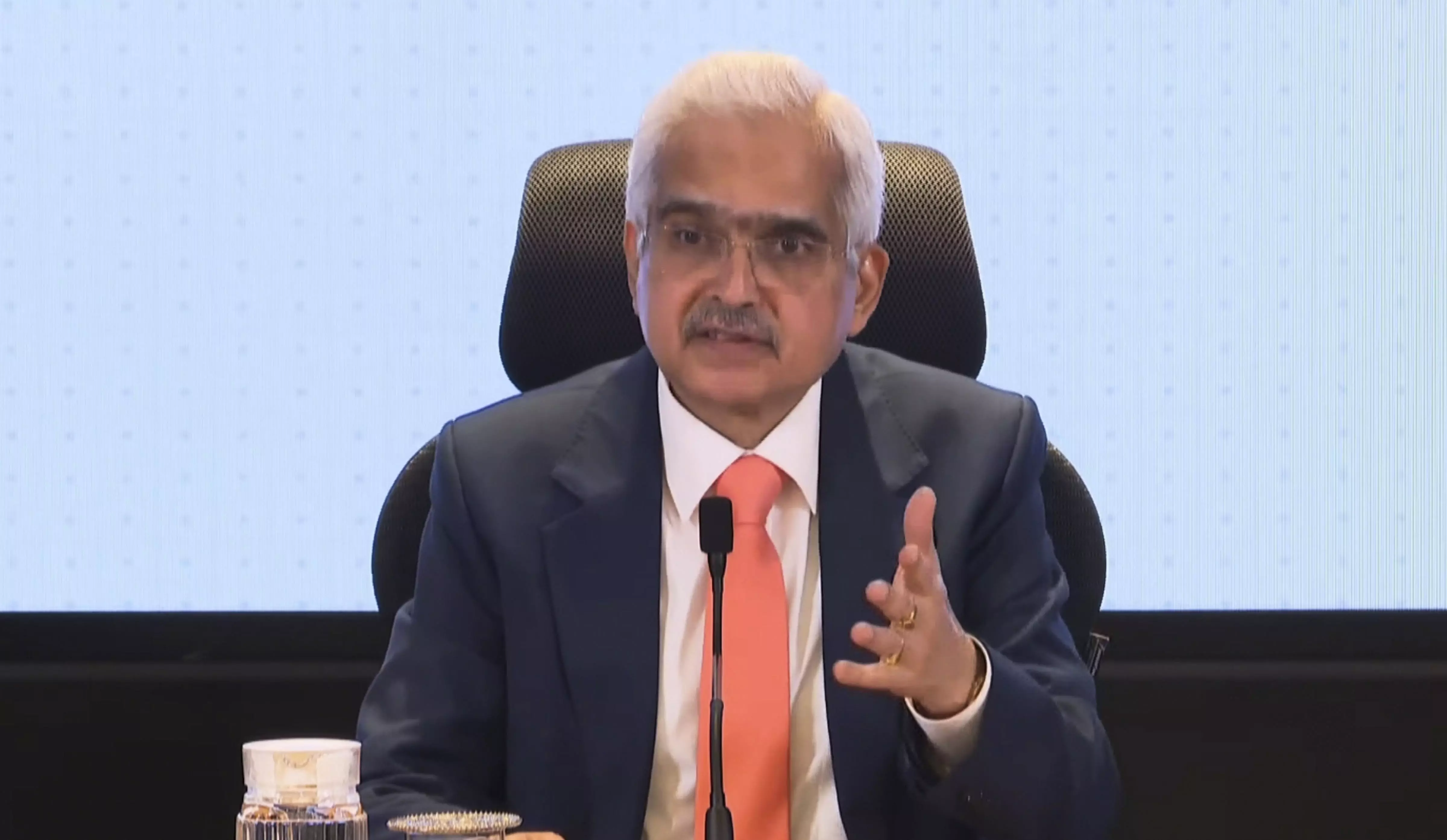DC Edit | RBI must check inflation rise

Just two months after retail inflation fell below the Reserve Bank of India’s comfort level of four per cent, the retail price rise, based on the All India Consumer Price Index (CPI), rose to 5.49 per cent in September — the highest since December 2023. However, the inflation continues to remain within the Reserve Bank of India's (RBI) comfort zone that ranges from two per cent and six per cent.
The main factor behind such a sudden rise in retail inflation was higher food prices. In September, food inflation rose 9.24 per cent compared to a 5.66 per cent rise in August. It was 5.42 per cent in July, 9.36 per cent in June, 8.69 per cent in May and 8.70 per cent in April.
An analysis of commodity-wise numbers shows that the prices of several important commodities underwent a spike. Inflation in vegetables hit 35.99 per cent, followed by pulses at 9.81 per cent, fruits 7.65 per cent, cereals 6.84 and eggs at 6.31 per cent. For several decades, vegetables have been the cause of worry when it comes to food inflation as their production is highly localised due to their short-shelf life. The state governments should, therefore, invest more in cold storages to ensure a sustained supply of vegetables, which is helpful for both the farmer and the consumer.
Interestingly, retail inflation was slightly elevated in rural areas at 5.87 per cent, which is too close to breach the RBI’s comfort level, while the price rise in urban areas was slightly lower at 5.05 per cent. Similarly, retail inflation was the highest in laggard states like Bihar, Chhattisgarh, Uttar Pradesh and Odisha. The retail inflation in Bihar stood at 7.50 per cent, Chhattisgarh 7.36 per cent, Uttar Pradesh 6.74 per cent and Odisha 6.56 per cent. If the retail inflation remains so high in poor states in spite of them being the largest recipients of food grains under the public distribution system (PDS), there is something amiss. It is high time RBI works in coordination with state governments to identify the factors that are driving inflation in their states.
